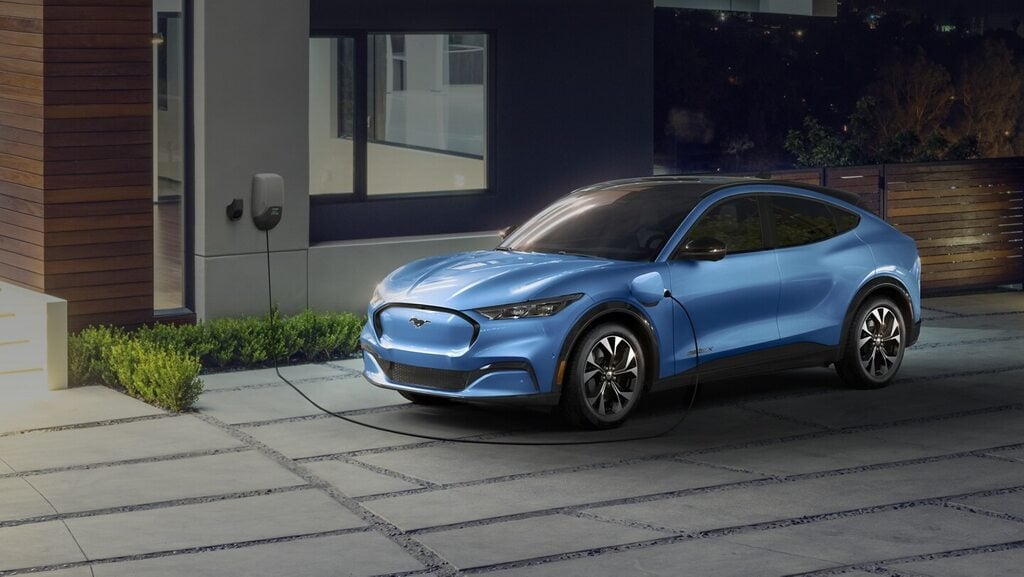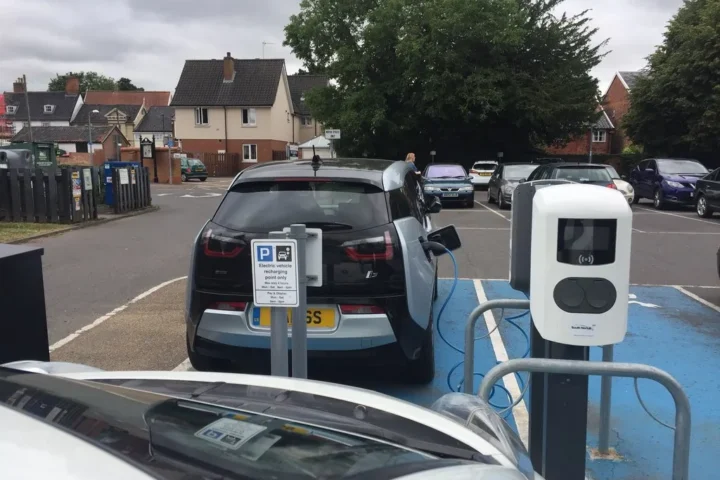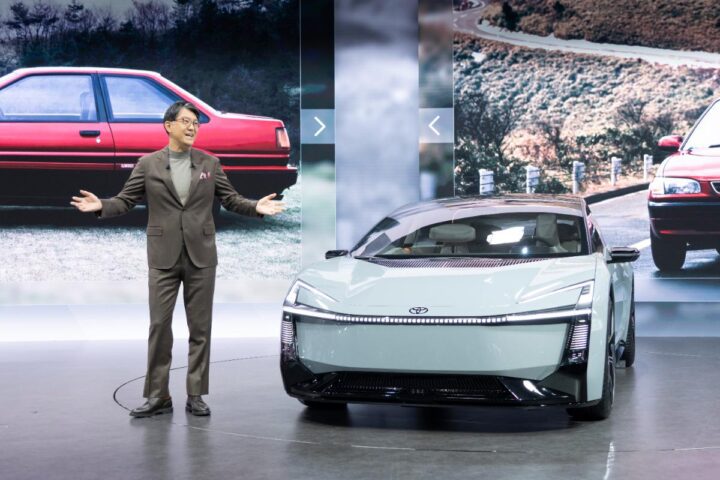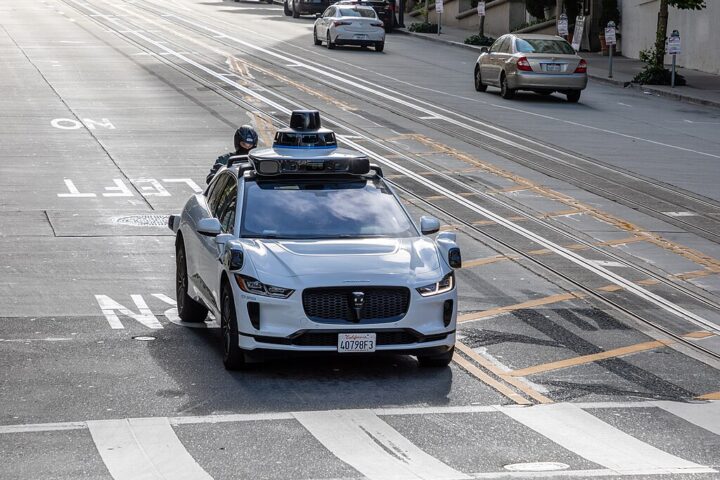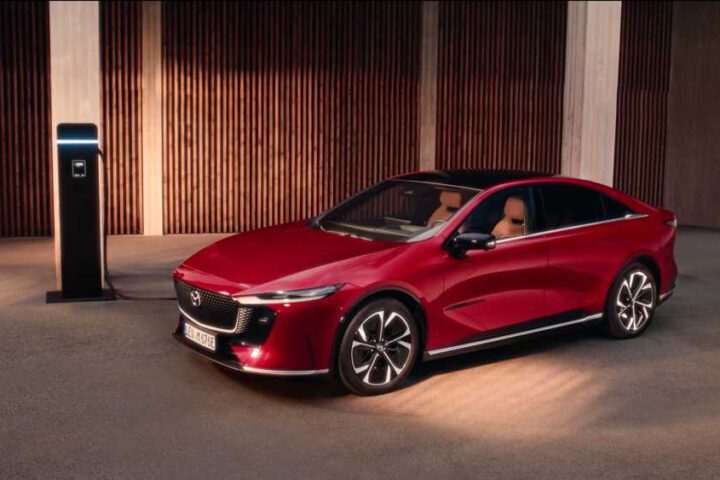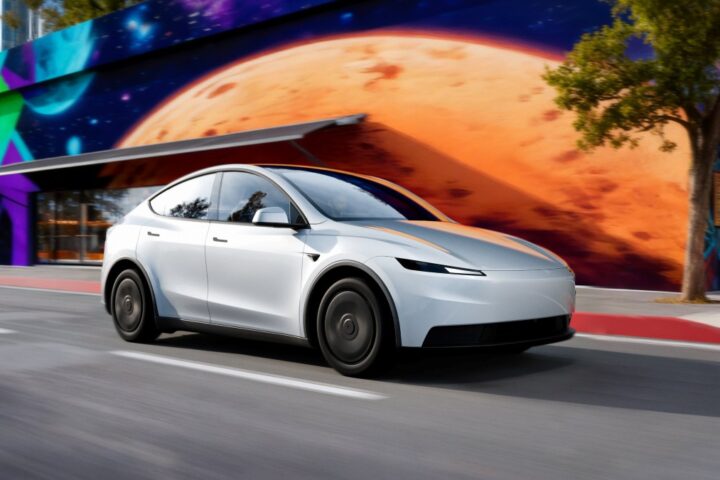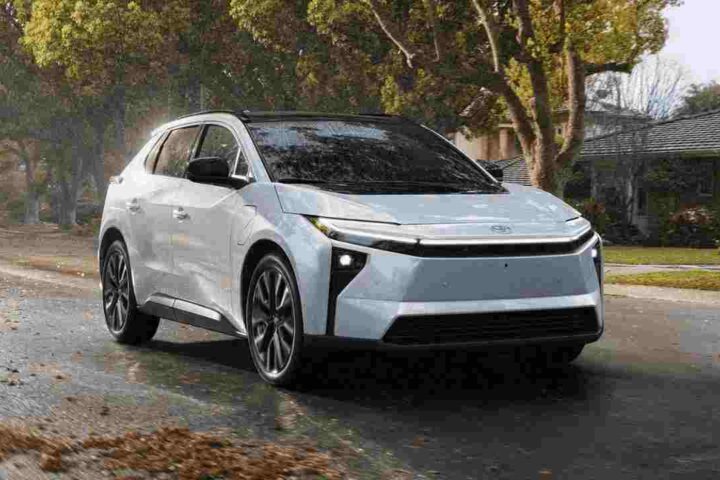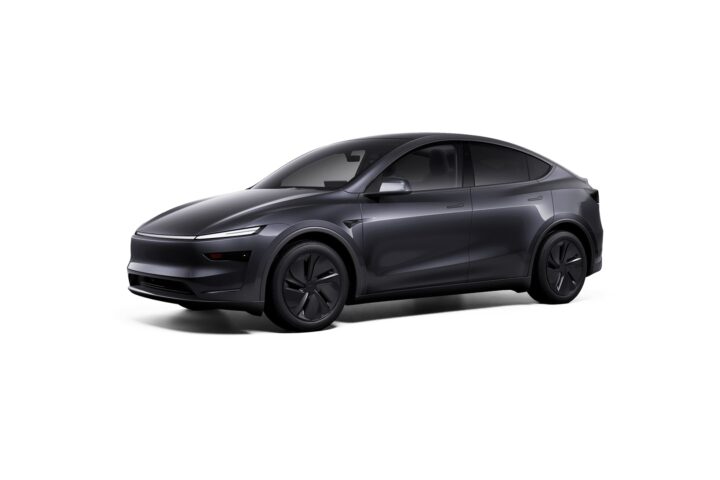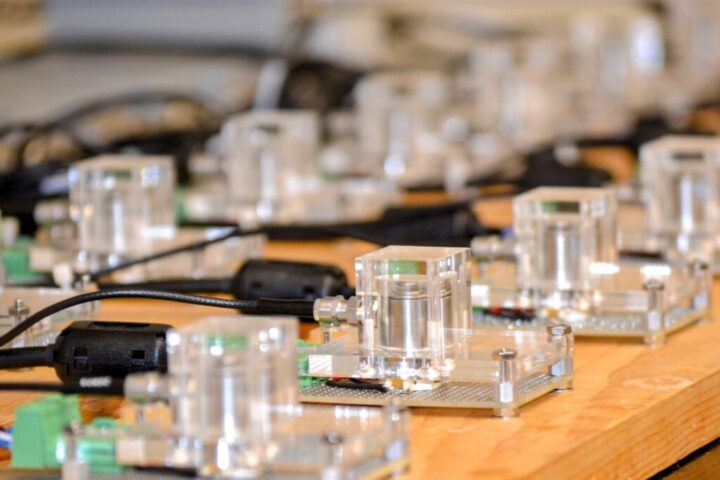Ford CEO Jim Farley has promised a “Model T moment” for the company’s electric vehicle future, with major announcements coming August 11 in Kentucky. The automotive giant will reveal plans for what Farley calls a “breakthrough electric vehicle and platform” designed and built in the United States.
“August 11 will be a big day for all of us at Ford,” Farley stated during the company’s second-quarter earnings call. “This is a Model T moment for us at Ford, a chance to bring a new family of vehicles to the world that offer incredible technology, efficiency, space, and features.”
The comparison to the Model T isn’t random. Just as Henry Ford’s pioneering vehicle from 1908 made cars affordable for everyday Americans through mass production, this new electric platform aims to solve one of the biggest hurdles in EV adoption today: cost.
Ford’s current EV lineup, consisting of the Mustang Mach-E, F-150 Lightning, and E-Transit van, has struggled with profitability. The company reported its electric vehicle division lost around $1.3 billion in the second quarter of 2025 alone.
Behind the scenes, Ford has been working on a solution through a secretive “skunkworks” project led by former Tesla executive Alan Clarke. This team, assembled in 2022 but kept under wraps until 2024, has been focused on developing low-cost electric vehicles that can compete with increasingly affordable Chinese models from companies like BYD and Geely.
Similar Posts
“We believe the only way to compete effectively with the Chinese over the globe on EVs is to go and really push ourselves to radically re-engineer and transform our engineering supply chain and manufacturing process,” Farley explained.
While details remain limited, reports suggest the new platform will support multiple vehicle types, including a compact SUV, a small pickup truck, and possibly a vehicle designed for ride-sharing services. The first vehicle built on this platform is expected to be a mid-size pickup truck, though it won’t arrive until 2027.
A key part of Ford’s strategy involves its $3 billion LFP (lithium iron phosphate) battery plant, called BlueOval Battery Park Michigan. This facility will start producing America’s first automotive-grade LFP cells next year. These batteries typically cost less than the lithium-ion cells used in many current EVs.
The timing is critical as Ford faces increased competition not just from Tesla, which plans to launch a stripped-down Model Y later this year, but also from General Motors, which is bringing back the Chevy Bolt next year. Meanwhile, Chinese automakers continue to advance with lower-cost electric vehicles.
The automotive landscape is also changing due to policy shifts. The Trump administration plans to roll back EV tax credits this September, while tariffs have hit automakers hard. Ford reported an $800 million impact from tariffs in the second quarter alone.
Whether this “Model T moment” can truly revolutionize electric vehicle affordability remains to be seen, but Ford is clearly betting big on this new direction as a critical part of its future.
